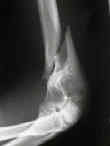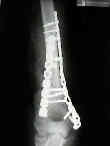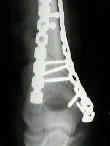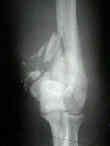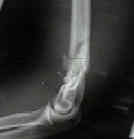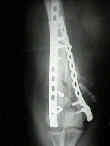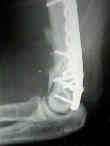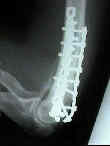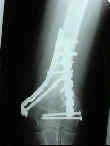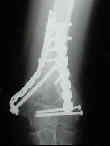- Fractures Subtypes: 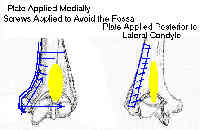

- capitellar and coronal shear frx
- distal humeral frx
- lateral condyle frx
- medial condyle frx
- Muller's Classfication:
- type A: extra-articular fracture;
- type B: uni-condylar fracture;
- type C: bi-condylar fracture;
- controversies:
- total elbow replacement
- Distal humeral fractures treated with noncustom total elbow replacement.
- A comparison of open reduction and internal fixation and primary total elbow arthroplasty in the treatment of intraarticular distal humerus fractures in women older than age 65..
- A PRCT of ORIF vs total elbow arthroplasty for displaced intra-articular distal humeral fractures in elderly patients.
- Hemiarthroplasty for irreparable distal humeral fractures: medium-term follow-up of 42 patients.
- Operative Technique: (Synthes Distal Humerus Products)
- preparation & positioning 
- surgical exposure:
- posterior approach;
- midline incision is used, skirting radial side of olecranon;
- always modify incision to incorporate any previous incision;
- olecranon osteotomy:
- is generally reserved for intra-articular fractures;
- alternative approaches:
- posterolateral (kocher) approach
- lateral approach:
- medial approach:
- generally the ulnar nerve and/or radial nerve need to be exposed prior to hardware insertion;
- this being the case, ask the anesthesiologist to hold paralytics at the beginning of the case and avoid
using the tourniquet so that a nerve stimulator can be used;
- once these nerves have been identified, the patient should be paralyzed inorder to facilitate the reduction;
- restoration of fracture anatomy
- plate application
- Peri-implant failure in dual plating of the distal humerus-A biomechanical analysis with regard to screw and plate positioning.
- assessment:
- take the elbow thru a range of motion;
- loss of motion may indicate that screws have crossed olecranon fossa;
- ensure that the fixation is relatively stable, otherwise additional fixation is required;
- have anesthesiologist reverse all paralytics so that the nerve stimulator can confirm adequate function of ulnar and/or radial nerves;
- ulnar nerve in condylar fractures:
- note that a plate or lag screw placed over distal-medial edge of condyle will encroach on the cubital tunnel and may irritat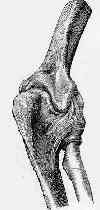 e ulnar nerve;
e ulnar nerve;
- in these patients, anterior transposition may indicated;
- references:
- Fate of the ulnar nerve after operative fixation of distal humerus fractures.
- Is ulnar nerve transposition beneficial during open reduction internal fixation of distal humerus fractures?
- Predictors of Diagnosis of Ulnar Neuropathy After Surgically Treated Distal Humerus Fractures
- Complications:
- elbow flexion contracture
- non union:
- Salvage of non-union of supracondylar fracture of the humerus by total elbow arthroplasty.
- Non-union of fractures of the distal end of the humerus.
- nerve injury:
- Radial Nerve Injury During Double Plating of a Displaced Intercondylar Fracture

Examples:
Intercondylar fractures of the humerus. An operative approach.
Mechanical failures of internal fixation in T and Y fractures of the distal humerus.
Fractures of the distal humerus.
Operative treatment of bicondylar intraarticular fractures of the distal humerus.
Surgical treatment of fractures of the capitellum in adults: a modified technique.
Internal fixation of the distal humerus: a biomechanical comparison of methods.
Fractures of the adult distal humerus. Elbow function after internal fixation.
Intraarticular fractures of the distal humerus. Surgical treatment and results.
Coronal shear fractures of the distal end of the humerus.
Multiplane fracture of the distal humerus.
Unicondylar fractures of the distal humerus: an operative approach.
Distal humeral fractures in the adult.
Biomechanical evaluation of methods of internal fixation of the distal humerus.
Intraarticular fractures of the distal humerus in the adult.
Bicondylar intraarticular fractures of the distal humerus in adults.
Functional outcome following surgical treatment of intra-articular distal humeral fractures through a posterior approach.
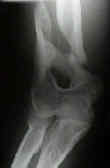

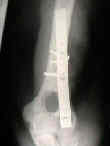
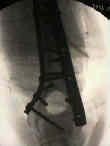
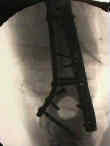
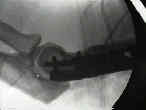
///////////////////////////////////////////////////////////////////////////////////////////////////////////////////////////////////////////////////////////////////////////////////////////////////////////////////////////////////////////////////////////////////






